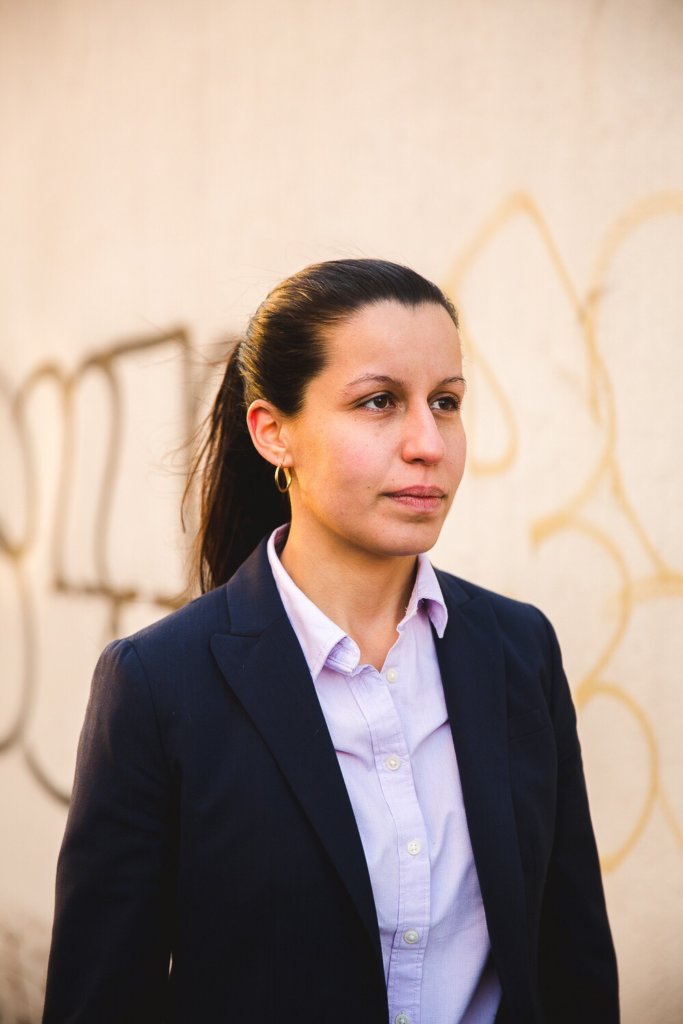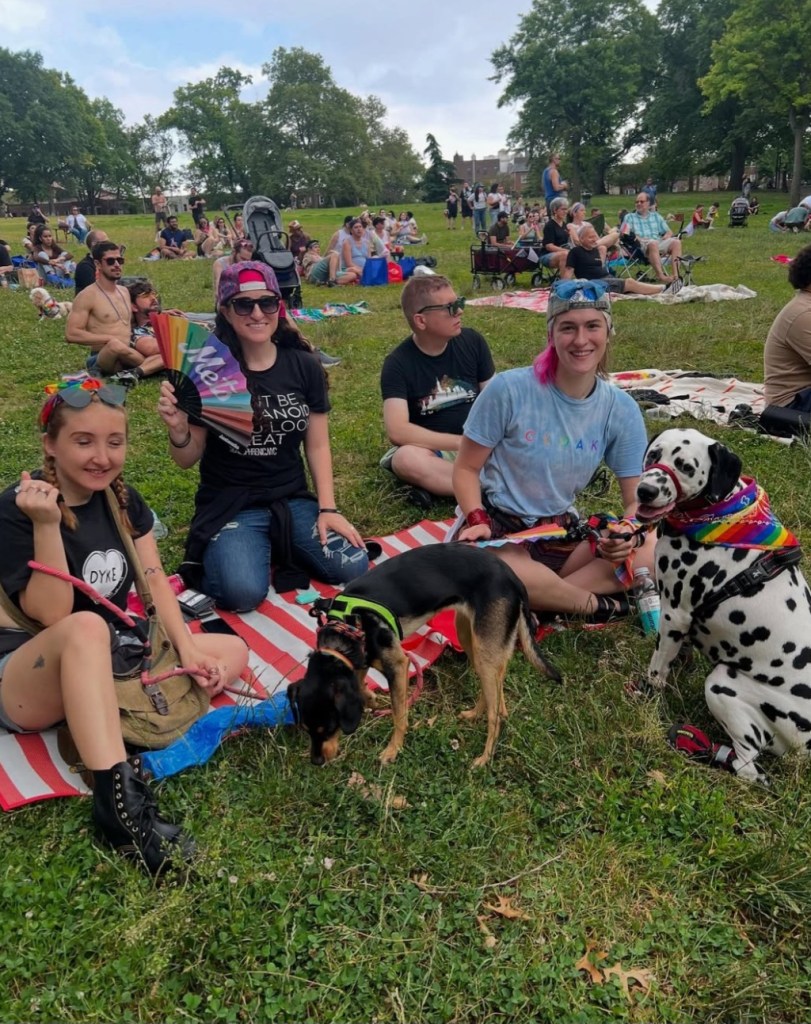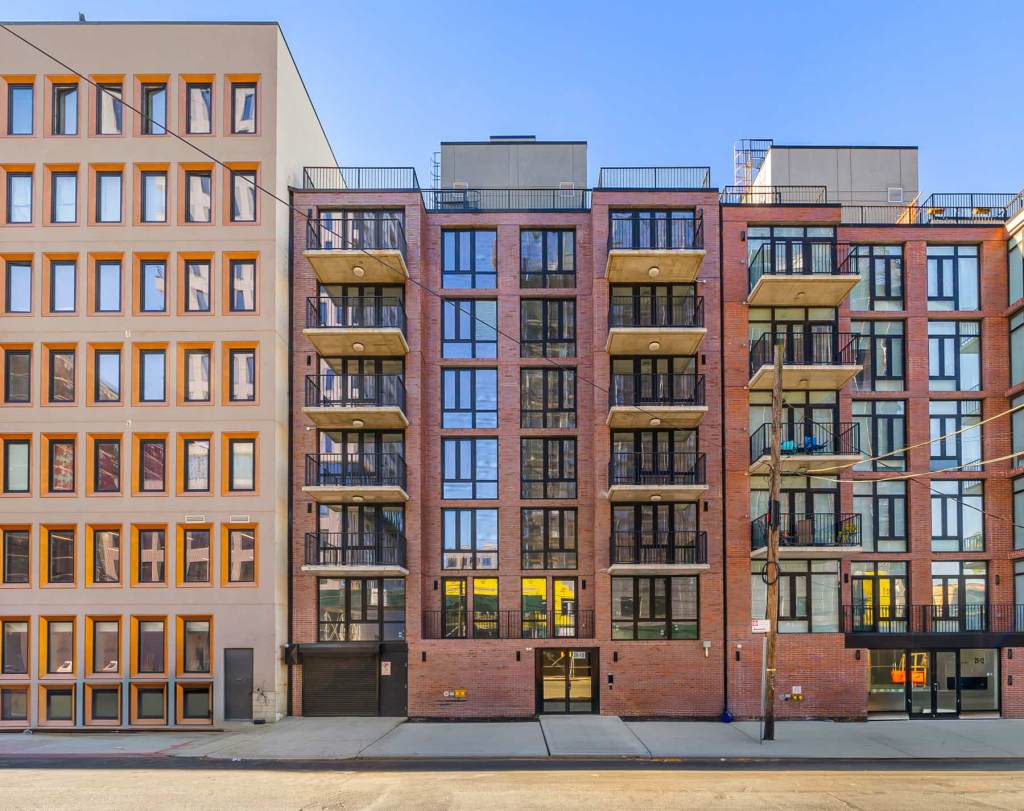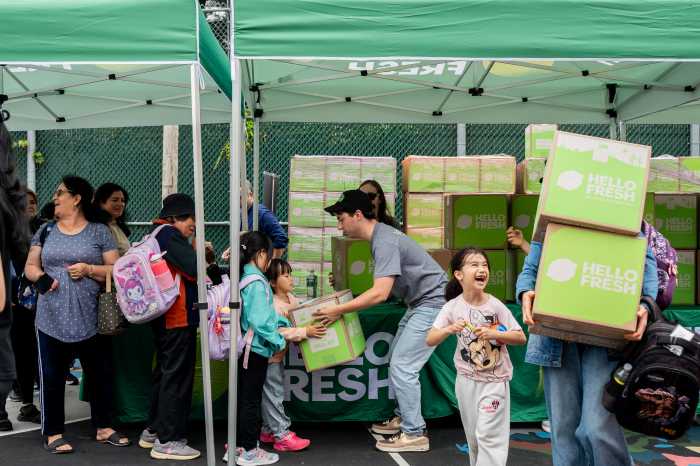Council member Tiffany Cabán has been vocal about her staunch opposition to Mayor Eric Adams’ reinstatement of the anti-gun police unit that was disbanded in 2020 due to concerns over its constitutionality, saying it will do more harm than good.
The mayor is bringing back the controversial plainclothes police unit — a special anti-crime force with officers on the ground in neighborhoods across the city dressed in modified uniforms — to root out gun violence. Adams announced in a press briefing last week that officers from the plainclothes unit will be dispatched throughout four precincts in south Queens — the 101st, 103rd, 105th and 113th — and in the 114th Precinct in Astoria as well.
Cabán commented on the mayor’s “Blueprint to End Gun Violence” saying some aspects of the plan are crucial, like stronger investments in the preventative Violence Intervention Program. However, the councilwoman said the proposed plainclothes unit should not be implemented, having failed to prevent gun violence in the past and proved to be “notoriously violent” themselves.
“It is particularly important in my district,” Cabán said. “We had the highest stop and frisk rates in all of Queens in 2019. We have a large and ever-growing Arab and north African, Muslim community in a post-9/11 world. These units really target, over surveil, harass and harm our Muslim neighbors, as well as Latinx and African American communities.”
Cabán said she relies on the data to best determine what works for her community — and the data does not favor the plainclothes unit.
A 2018 study by The Intercept found that members of the plainclothes unit were involved in 31% of fatal police shootings in New York City. Several high-profile killings in the city involved members of this anti-crime unit, like Eric Garner, Sean Bell and Saheed Vassell.
The police force played a big part in the stop-and-frisk era, a largely criticized practice for targeting young Black and Latino men across the city, which did little to actually lower crime rates. According to the New York Bar Association, at the peak of stop-and-frisk, close to 700,000 stops were made but only 6 percent resulted in arrests and 2% in recovery of weapons. The report also found that 85% of those stopped were Black and Latino and overwhelmingly male.
Instead of reverting back to our old ways, Cabán said the city needs to prioritize investments in the Violence Intervention Program, which partners the NYC Health Department and local nonprofits in providing community-based outreach to prevent crime.
“We need to look at this crisis as a public health crisis,” Cabán said. “We need to invest more in violence prevention, expanding the crisis management system, rapidly scaling up all the organizations that do Cure Violence work. They have proven track records of success and quite frankly, have been more effective at reducing violence.”
Cure Violence organizations provide services that tackle the root causes of crime, which stem from inequity, inaccessibility to resources or a lack of general support. Some services provided include free self-defense courses for youth, substance abuse prevention, addiction recovery services, financial literacy support, conflict mediation strategies and after-school programs.
In 2020, the Queensbridge Houses, which was once the city’s public housing complex with the most shootings, went an entire year without a single shooting due to the intervention of a nonprofit. A John Jay College of Criminal Justice study found that the South Bronx experienced a 37% decline in gun injuries and a 63% reduction in shooting victimizations due to the Cure Violence program’s intervention.
Though the mayor’s plan has received lots of pushback, Adams has defended his policy, assuring critics that there will be no racist, targeting tactics used in his police force.
“Public safety is my administration’s highest priority, which is why we will remove guns from our streets, protect our communities and create a safe, prosperous and just city for all New Yorkers.”
This time around, officers will be wearing body cameras and “identifiable” clothing. They will also undergo training and vetting, according to the mayor.




































